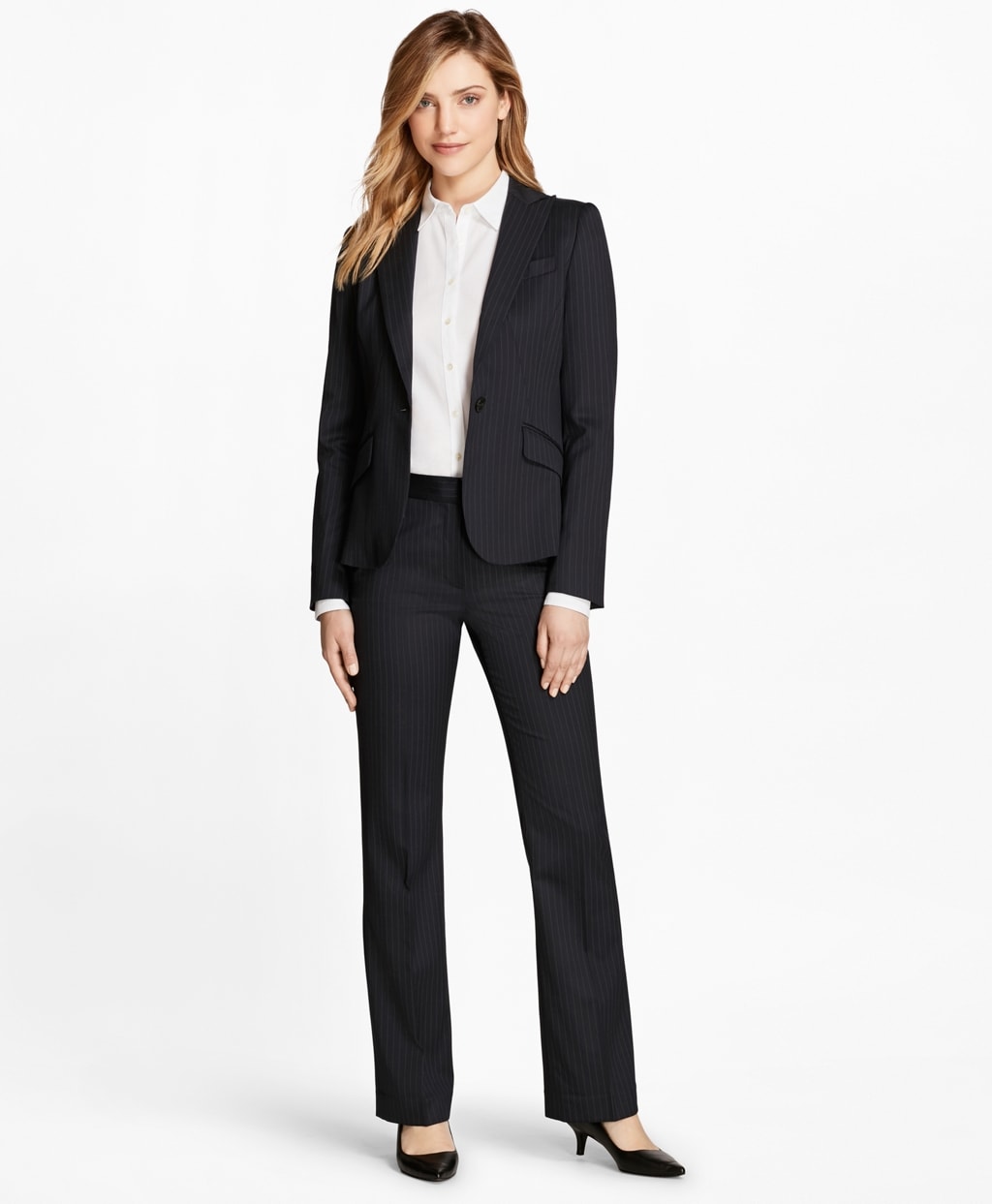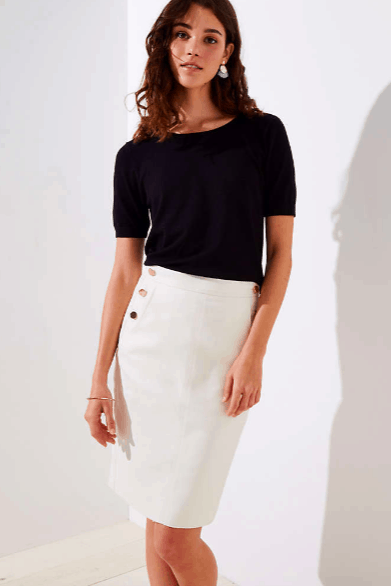Long before social media existed (and back when street style was simply what people were wearing on the street), models were the ultimate fashion muses. Permanently in the public eye or behind a photographer's lens, these unearthly beings knew—or had to learn—a thing or two about dressing well. No, they may no longer be our only source of outfit inspiration in 2019, but we can't deny that some of our favorite celeb style icons fall within the model camp.
From running to a casting to attending an A-list party, a model's wardrobe has to be wide-ranging, versatile, and include just the right amount of trend-led detail. Over the last few months, we've been keeping an eye on a number of high-profile models to work out what the secret to their style success is. Thanks to our girls Rosie, Jordan, Hailey, Cara, and Adwoa, we've come up with five key tenets that have shaped their best outfits.
Whether you're a print lover like Adwoa or more of a "borrowed from the boys" dresser like Cara, scroll down to see our favorite model outfit formulas and re-create their looks with our shopping edits.
Embrace Tailoring
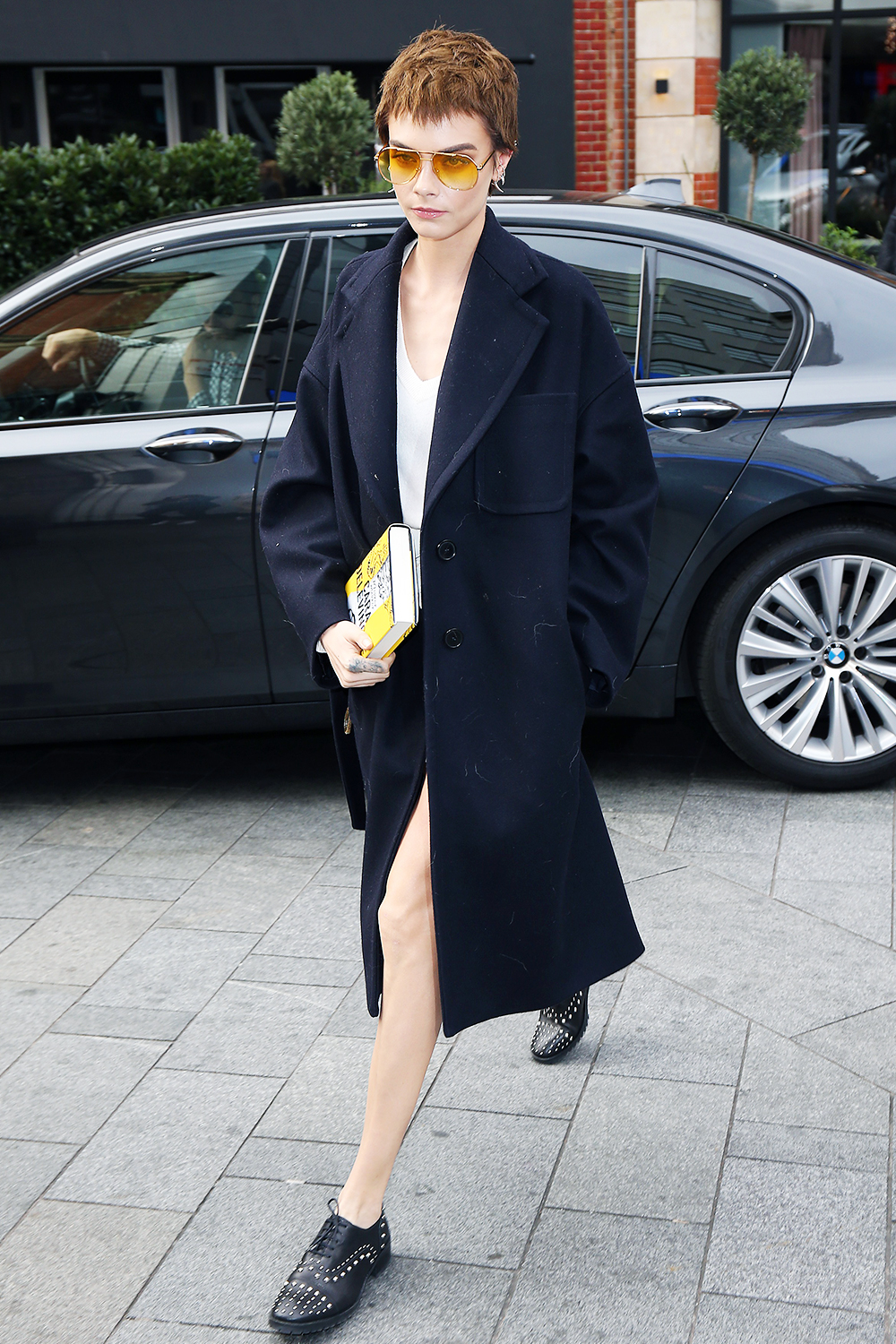
PHOTO:
GETTY IMAGES
Style Notes: Cara Delevingne has never been afraid of a bit of gender-neutral fashion, whether it's tails and top hat to a royal wedding or a smart coat paired with brogues.
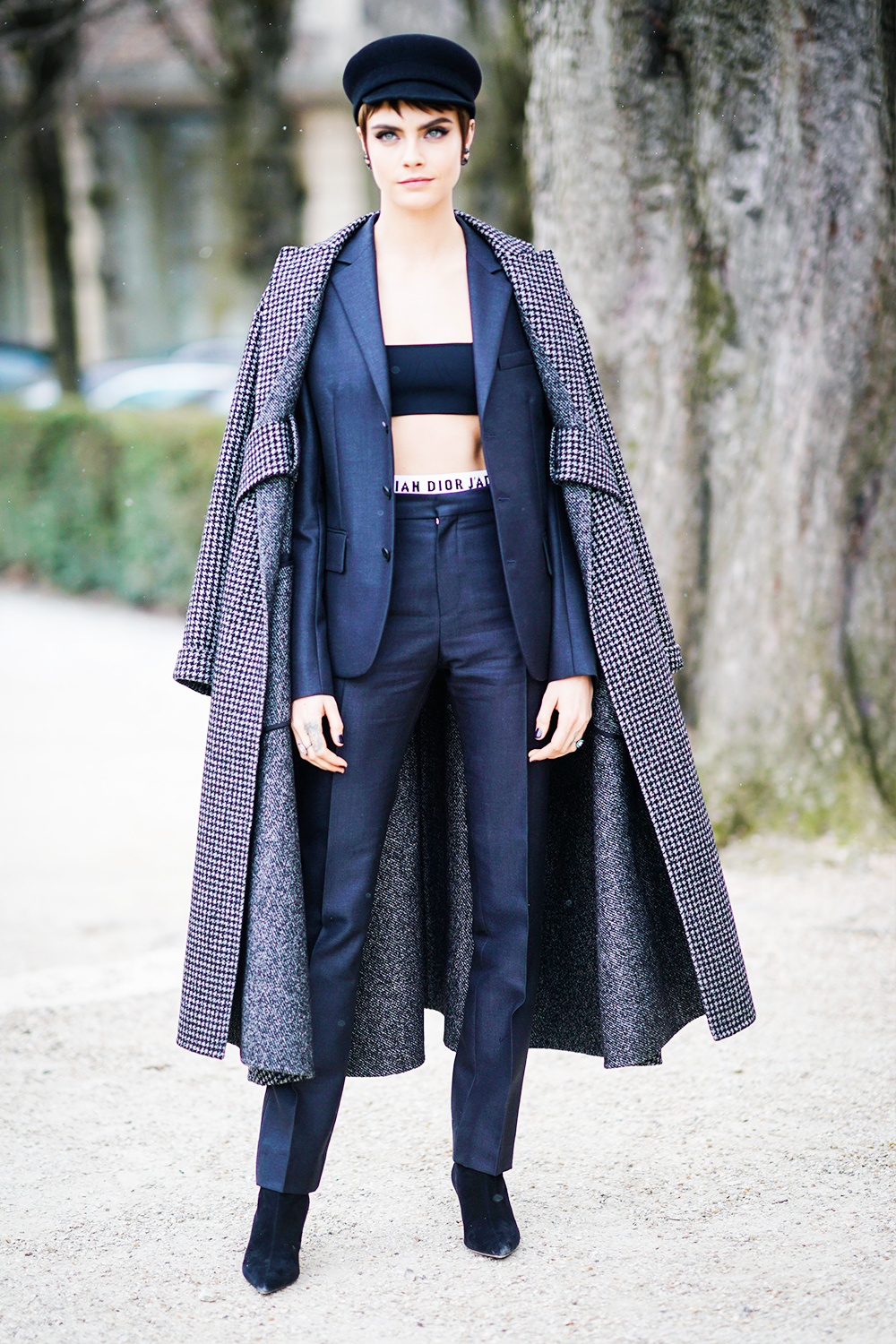
PHOTO:
GETTY IMAGES

PHOTO:
GETTY IMAGES
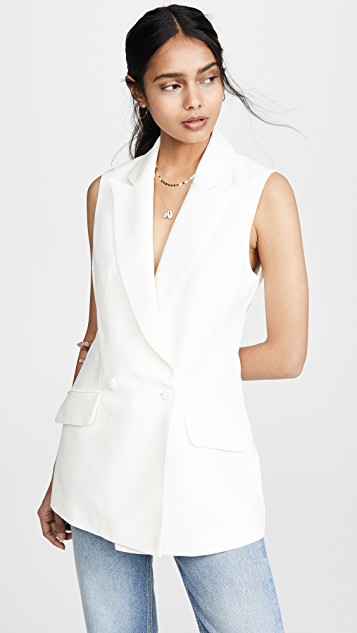
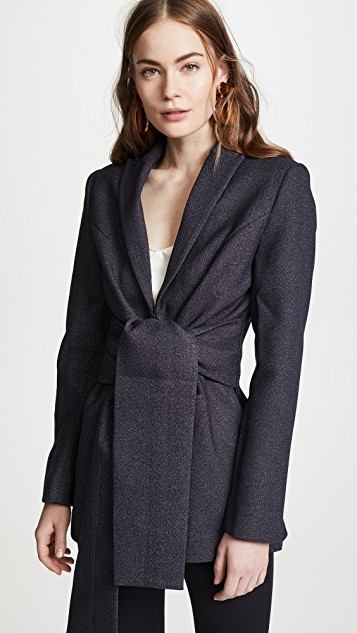
Don't Hold Back on Prints
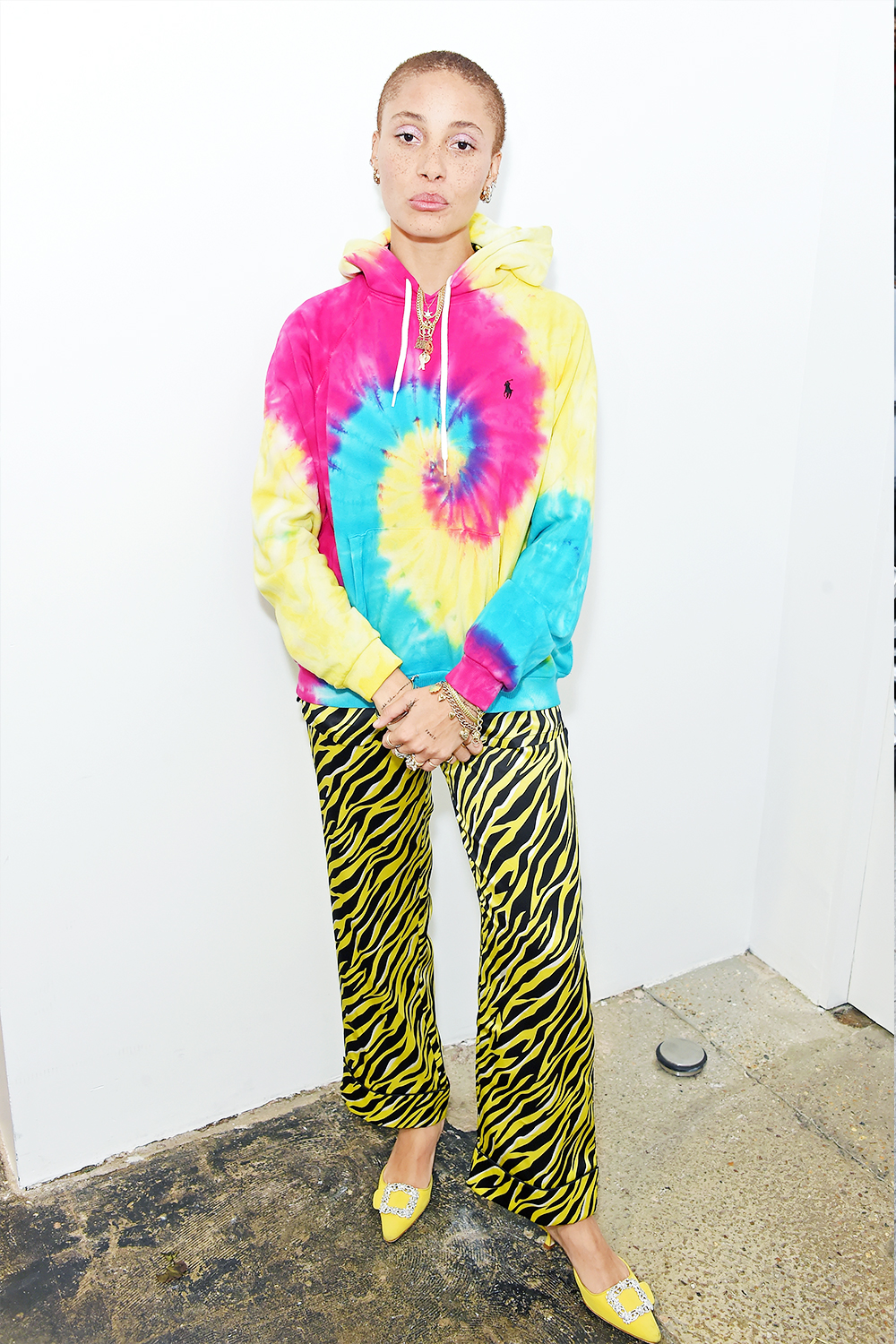
PHOTO:
GETTY IMAGES
Style Notes: Adwoa, you had us at tie-dye hoodie. Time and time again, we've seen models embracing clashing ensembles and statement prints—it's a surefire way to make anyone look confident in their style choices.

PHOTO:
GETTY IMAGES
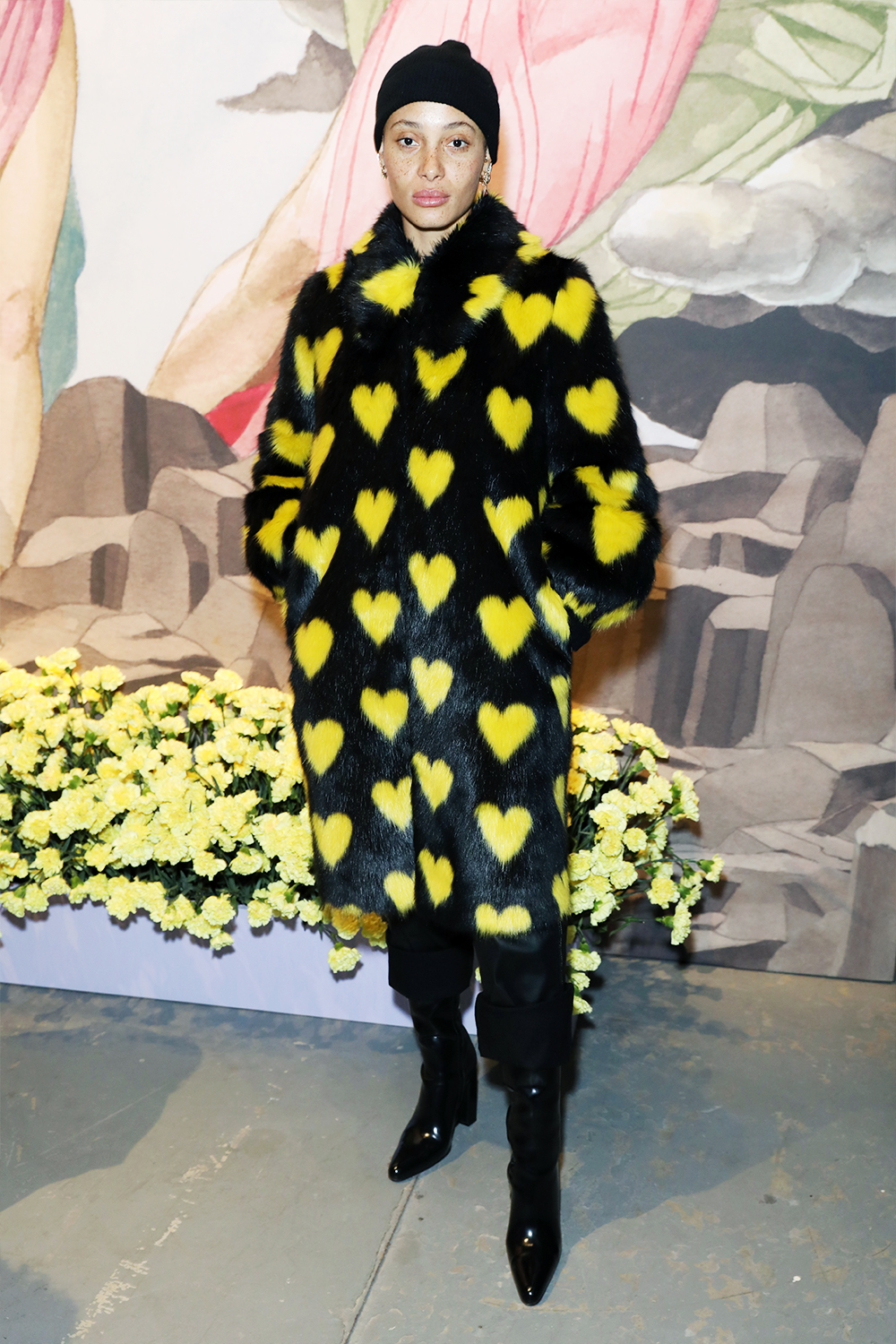
PHOTO:
GETTY IMAGES
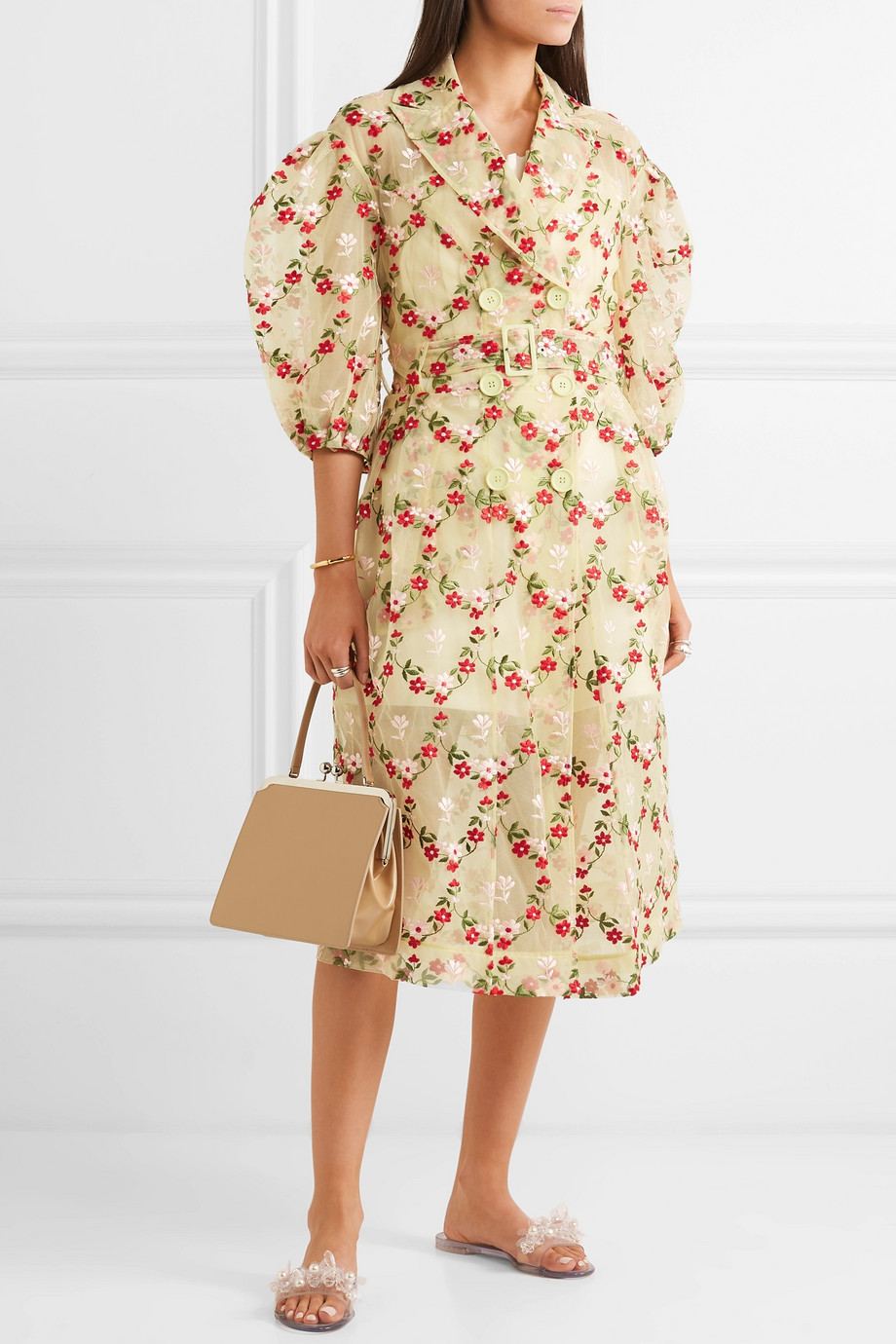
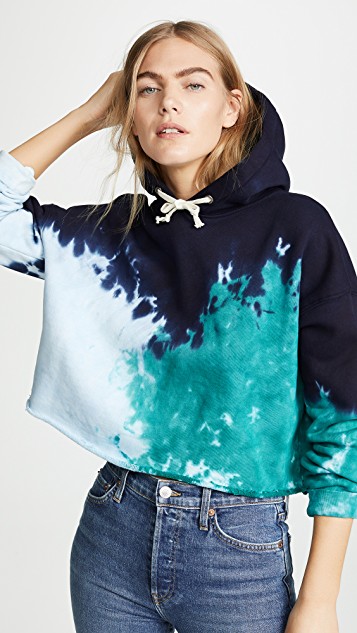
Don't Underestimate the Power of Basics

PHOTO:
GETTY IMAGES
Style Notes: Sometimes, a T-shirt and jeans are all you need to channel fashion model–chic. The key to making this look street style–ready is to subtly add directional pieces like a cool pair of boots or slogan tee.
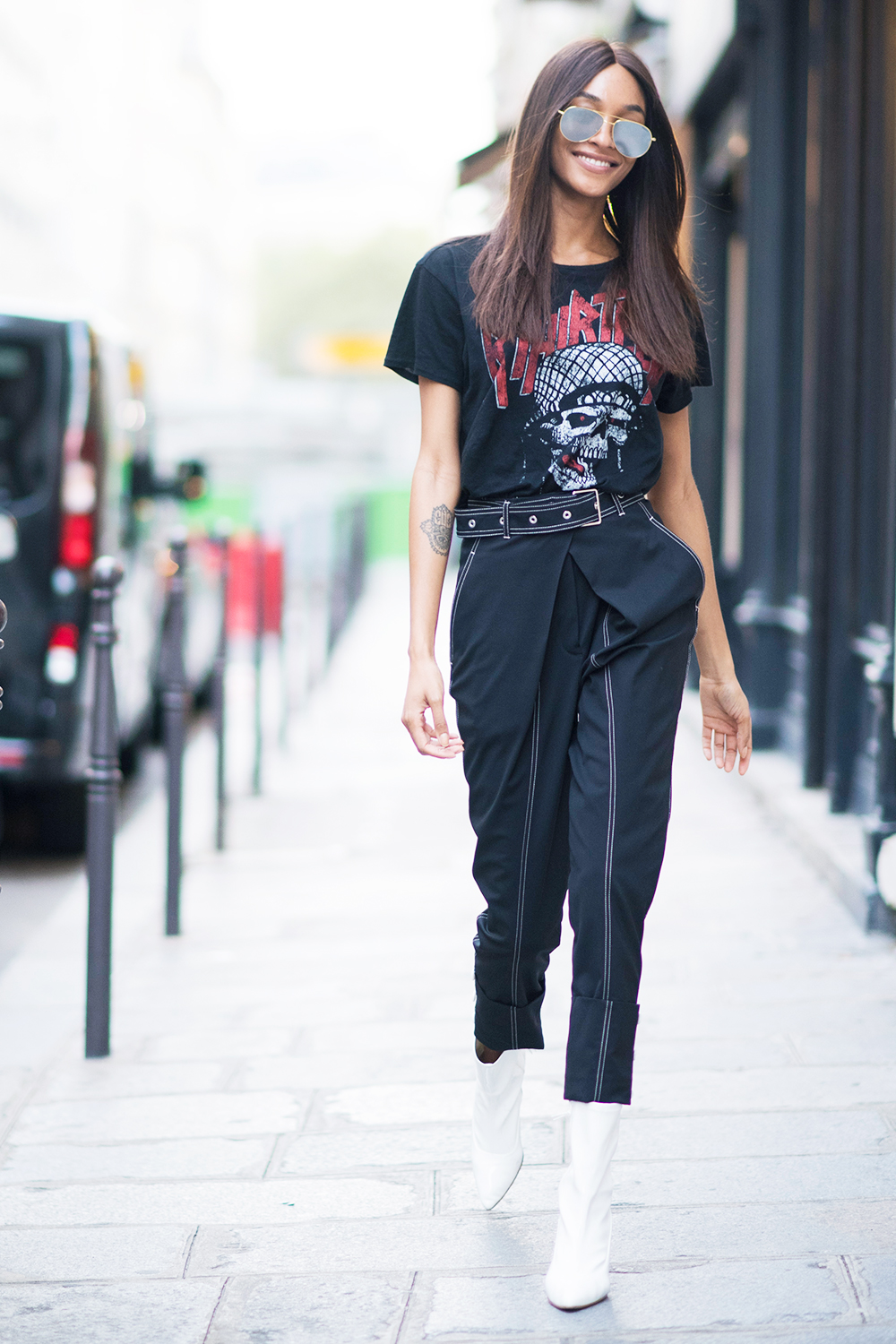
PHOTO:
GETTY IMAGES

PHOTO:
GETTY IMAGES

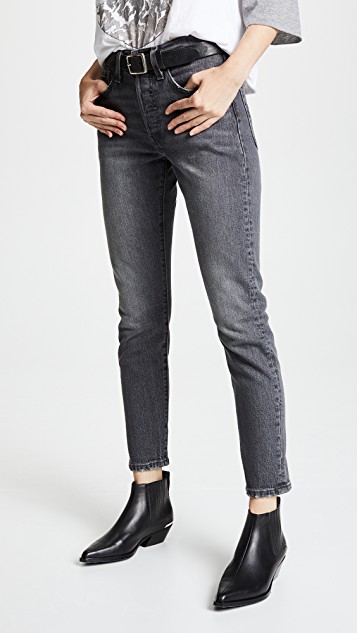
If in Doubt, Go Tonal
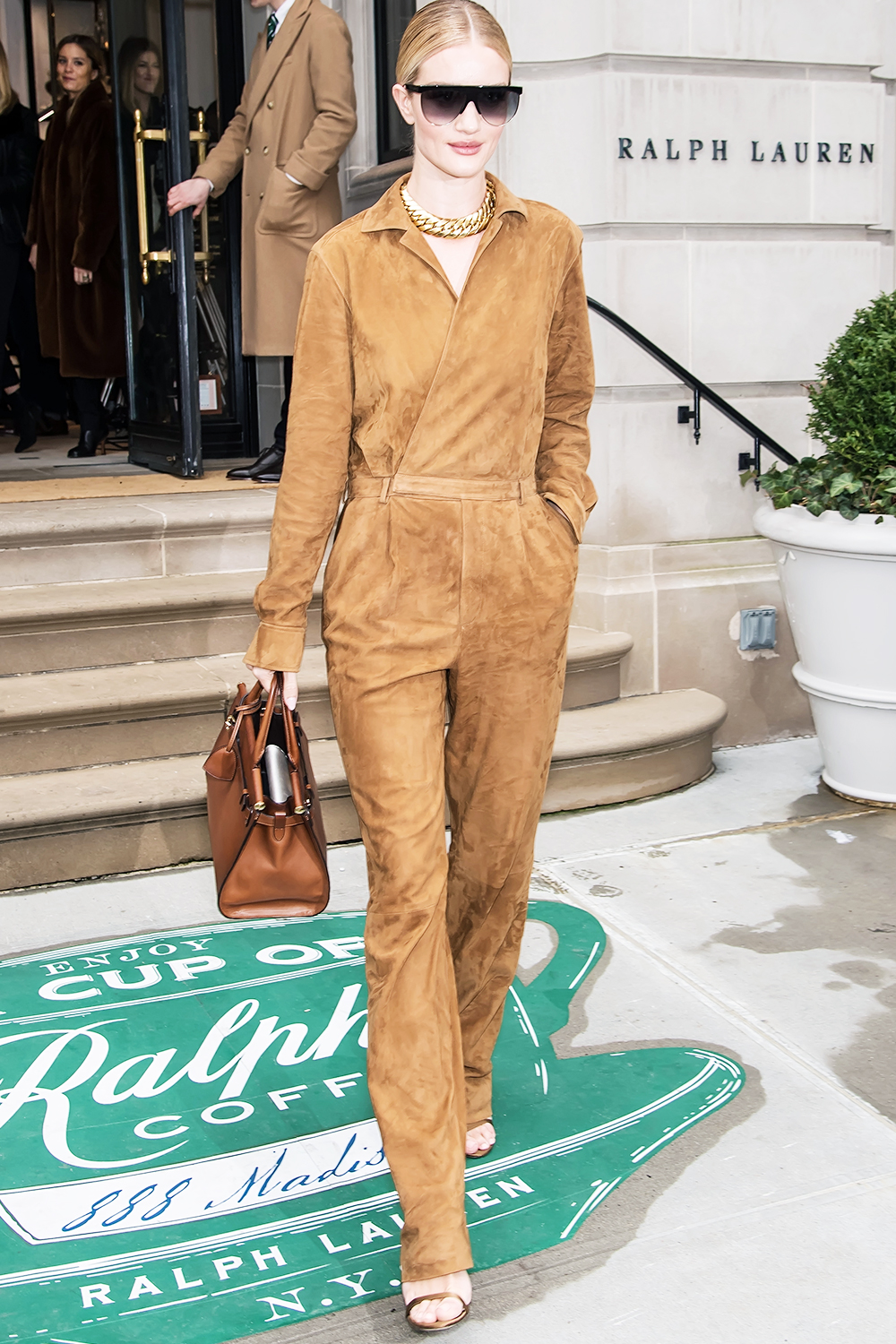
PHOTO:
GETTY IMAGES
Style Notes: Rosie Huntington-Whiteley has a somewhat uncanny ability to look pulled-together at all times, and we have a sneaking suspicion that it's in part down to her penchant for tonal dressing. It couldn't be easier: Just pair separates in the same color spectrum. Boom—instant model coolness.

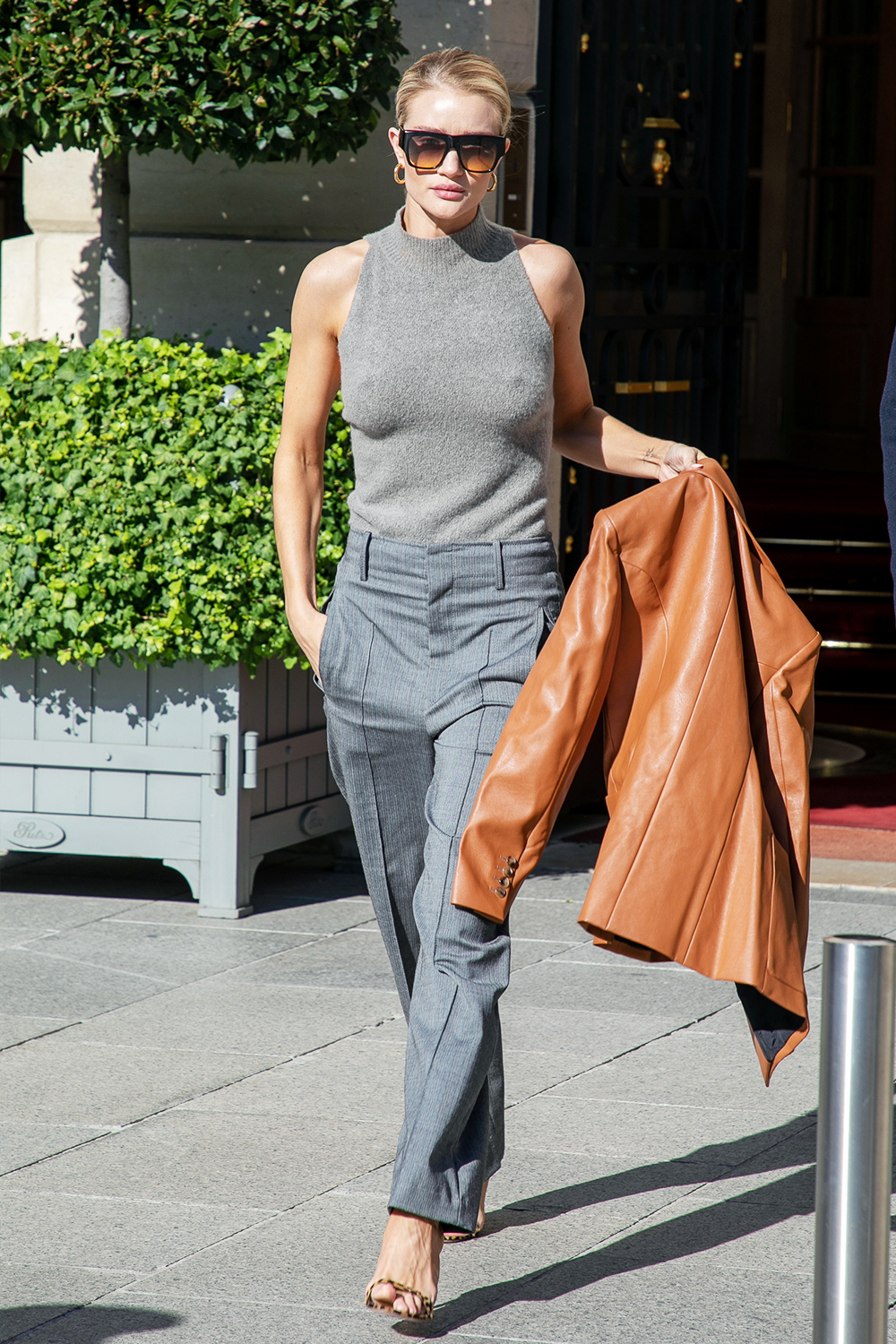
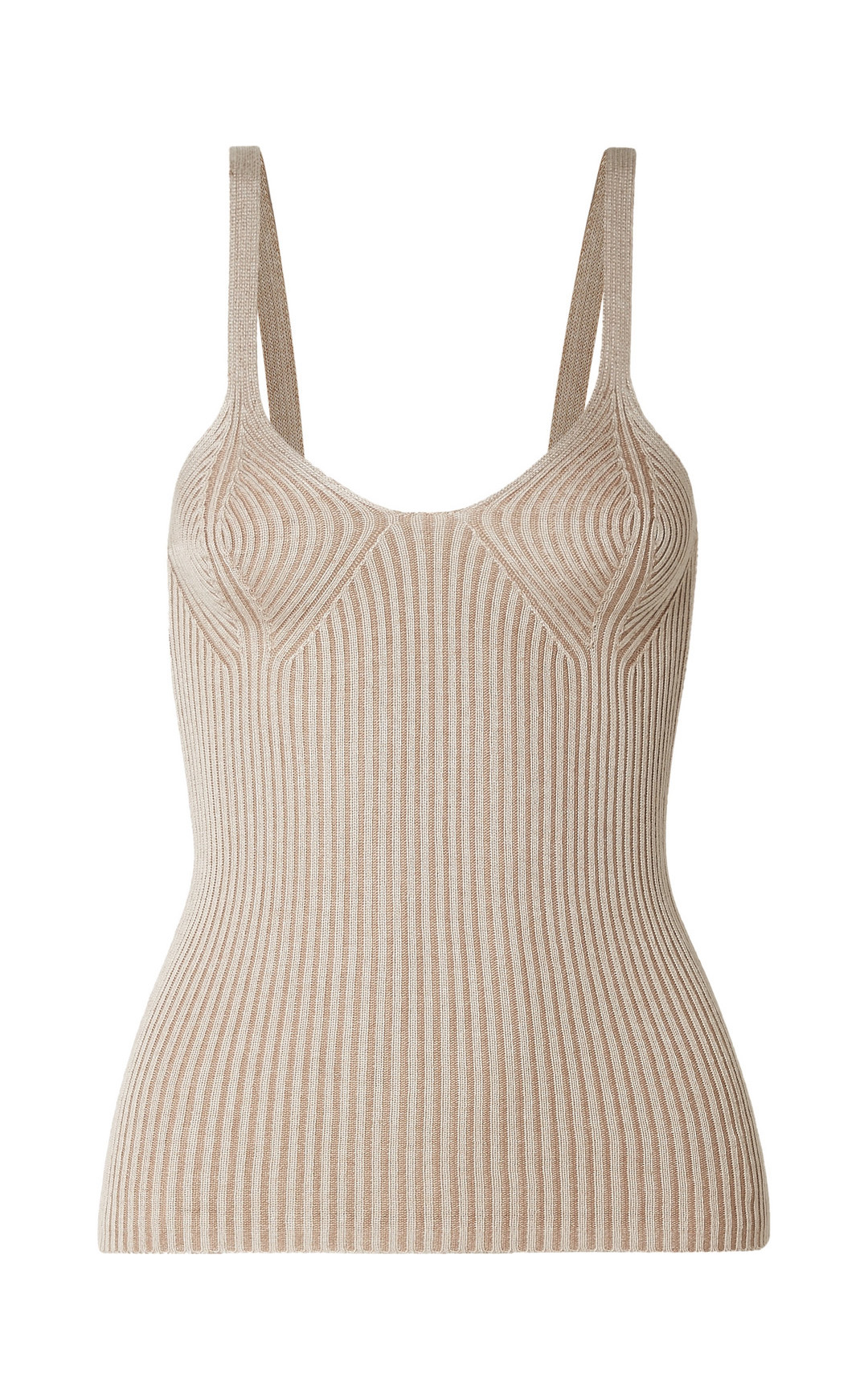

Suits Will Instantly Make You Look Smart and Chic
Style Notes: Hailey Bieber (née Baldwin) has slowly risen in our estimations thanks to a recent slew of enviable ensembles. If her recent outfits are anything to go by, a suit has become her failsafe look, and we can see why. Our favorite has to be the gray checked two-piece, which she paired with a neon turtleneck. Definitely one for the office.
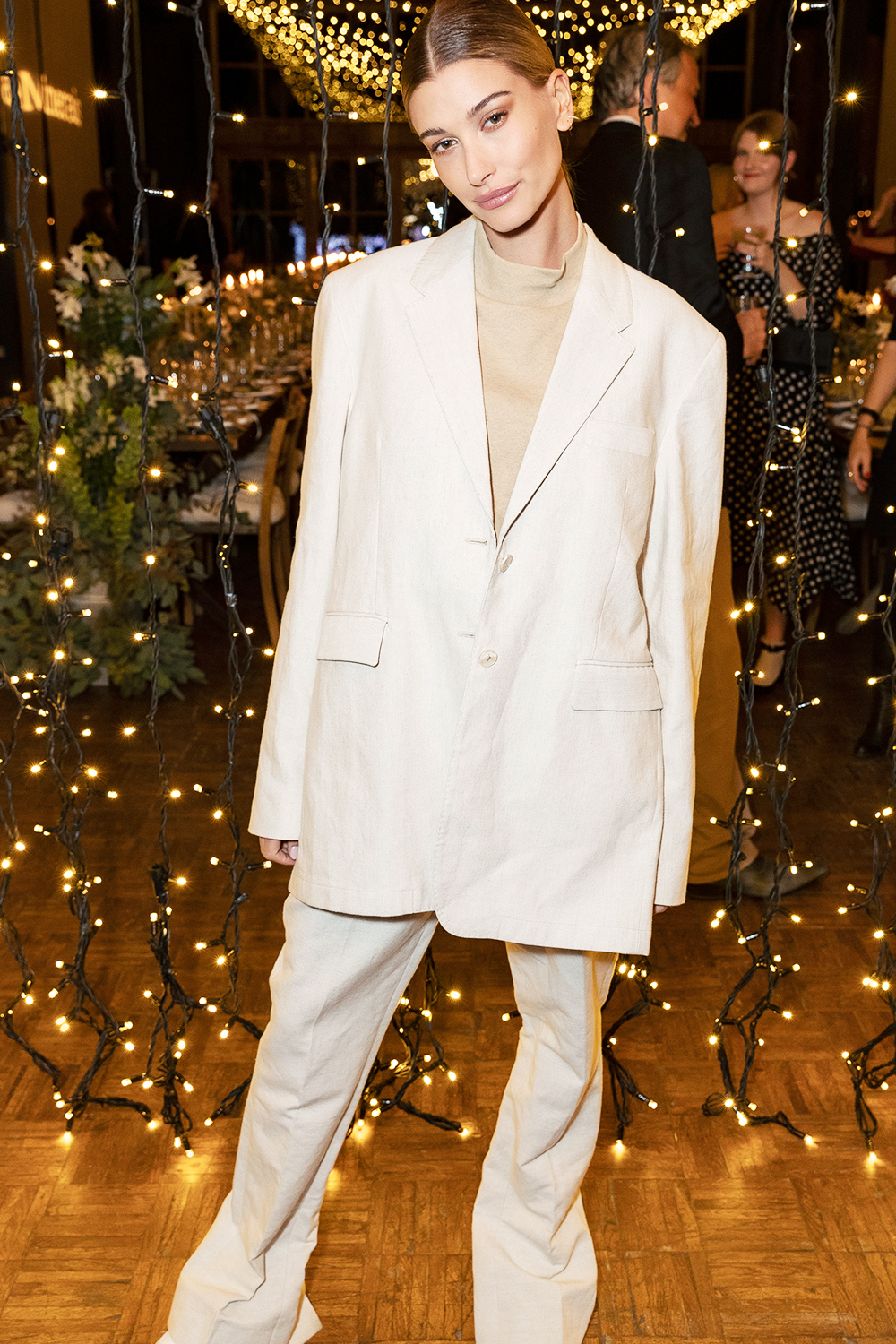
PHOTO:
GETTY IMAGES
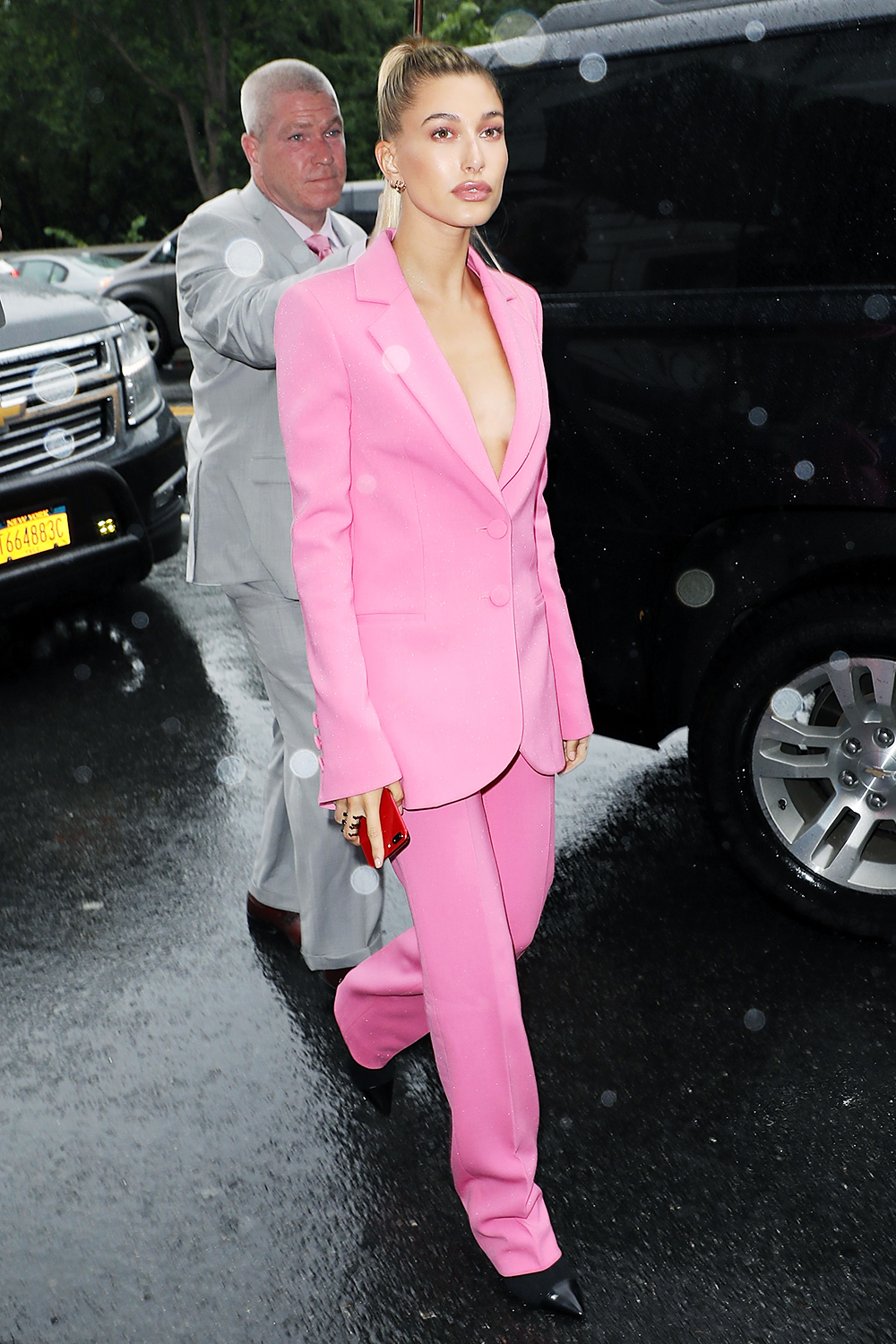
PHOTO:
GETTY IMAGES
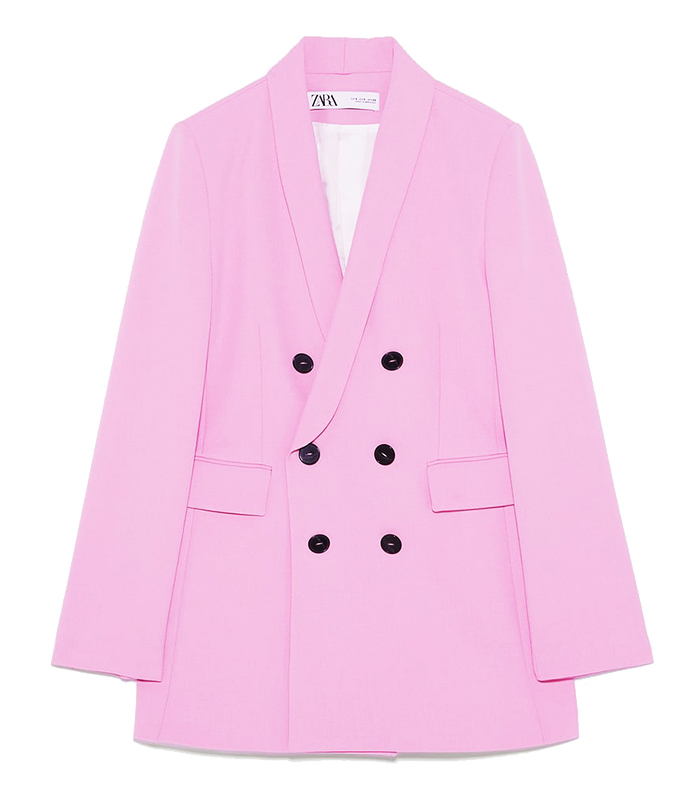
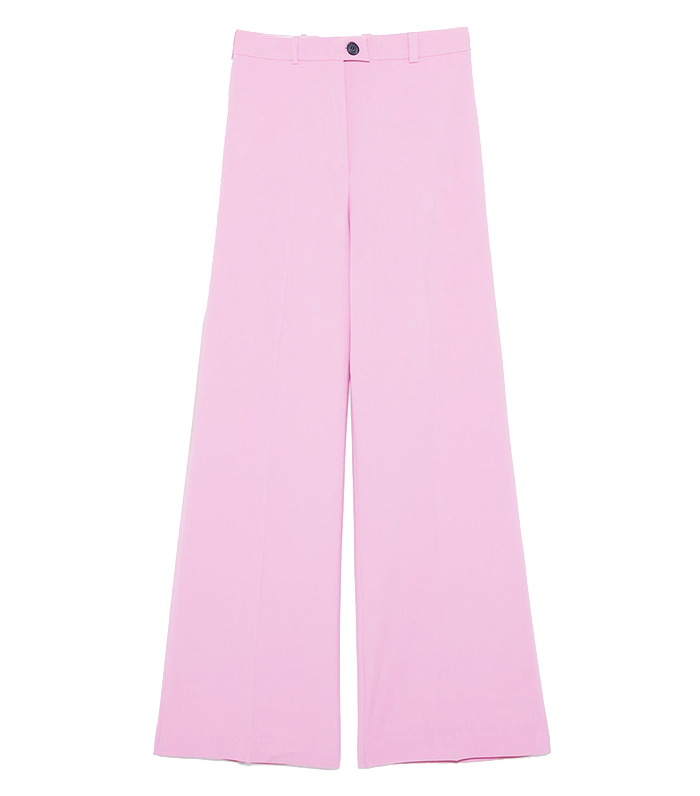


 hing a person wears, including accessories, clothing, and shoes. Women should avoid excessively short hemlines, stiletto heels, deep necklines, and exposed undergarments. Men should make sure their ties, coat sleeves, and pants are of the proper length, and they should be sure to wear a belt to keep things where they should be. After all, in the business world, it’s better for one to be remembered for what they said rather than what they wore.
hing a person wears, including accessories, clothing, and shoes. Women should avoid excessively short hemlines, stiletto heels, deep necklines, and exposed undergarments. Men should make sure their ties, coat sleeves, and pants are of the proper length, and they should be sure to wear a belt to keep things where they should be. After all, in the business world, it’s better for one to be remembered for what they said rather than what they wore. Professionals should pay careful attention to their color choices; darker colors often make a stronger and more memorable impression than lighter hues. If one is giving a speech or presentation, they should ensure the colors they choose don’t blend in with the backdrop against which they are standing. However, it’s important to be careful with brighter shades. When a person’s clothes are too flashy, they may distract other workers.
Professionals should pay careful attention to their color choices; darker colors often make a stronger and more memorable impression than lighter hues. If one is giving a speech or presentation, they should ensure the colors they choose don’t blend in with the backdrop against which they are standing. However, it’s important to be careful with brighter shades. When a person’s clothes are too flashy, they may distract other workers.